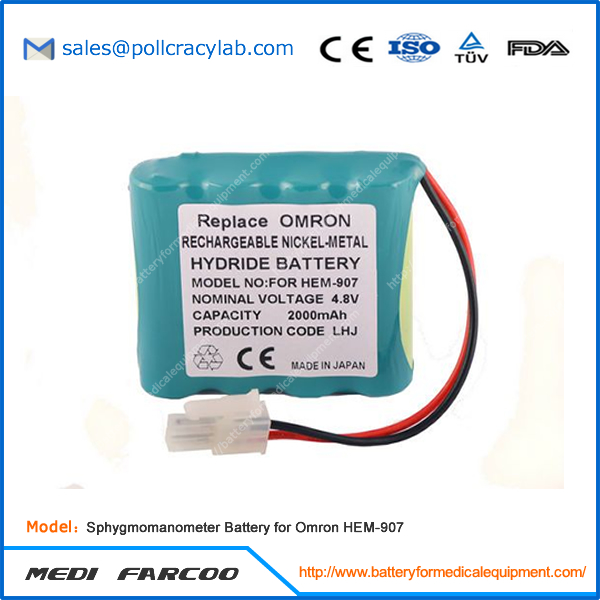Fichier:48H907N-AU -01.jpg
Voyager 1 Officially Left The Solar System One Year Ago
Last year, the Voyager 1 spacecraft entered a new region at the edge of our solar system. The stellar winds around the probe changed dramatically, though the magnetic field surrounding it was left unchanged. NASA researchers referred to this region as a "magnetic highway," where charged particles can pass into and out of the sun's heliosphere.
The discovery ignited debate among researchers about how we might determine whether Voyager had left the solar system. NASA maintained that the probe had not yet hit interstellar space, Sphygmomanometer battery preferring to wait until Voyager broke free of the sun's magnetic field. Other researchers argued that the spacecraft was already out, stating that intriguing magnetic field readings could be due to a phenomenon called magnetic reconnection.
Today, NASA finally announced that Voyager 1 is the first human created object to leave our solar system. The agency conceded that the probe entered interstellar around one year ago on August 25, 2012 when particle density readings shifted dramatically. The determination was made based on a new analysis of Voyager data conducted by researchers at the University of Iowa. The new data was published today in the journal Science.
"Now that we have new, key data, we believe this is mankind's historic leap into interstellar space," said Ed Stone, a Voyager project scientist at the California Institute of Technology. "The Voyager team needed time to analyze those observations and make sense of them. But we can now answer the question we've all been asking 'Are we there yet?' Yes, we are."
The new report shows that Voyager 1 is now surrounded by a dense cloud of plasma that researchers expected to find in interstellar space. Though the Voyager probe has no plasma sensor, researchers were able to use a coronal mass ejection (CME) from the sun to estimate the plasma density. The CME left the sun in March of 2012 and traveled 13 months to reach Voyager, vibrating its plasma wave instrument. "Clearly we had passed through the heliopause, which is the long hypothesized boundary between the solar plasma and the interstellar plasma.".
Historique du fichier
Cliquer sur une date et heure pour voir le fichier tel qu’il était à ce moment-là.
| Date et heure | Miniature | Dimensions | Utilisateur | Commentaire | |
|---|---|---|---|---|---|
| actuel | 16 avril 2016 à 04:53 |  | 600 × 600 (170 Kio) | Monitorc (discuter | contributions) | Voyager 1 Officially Left The Solar System One Year Ago Last year, the Voyager 1 spacecraft entered a new region at the edge of our solar system. The stellar winds around the probe changed dramatically, though the magnetic field surrounding it was lef... |
- Modifier ce fichier en utilisant une application externe (Consulter les instructions d’installation pour plus d’informations)
Utilisation du fichier
Aucune page n’utilise ce fichier.
